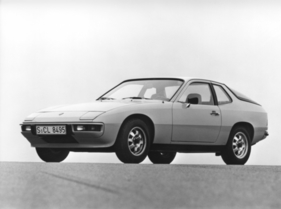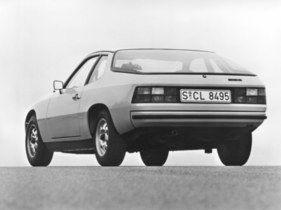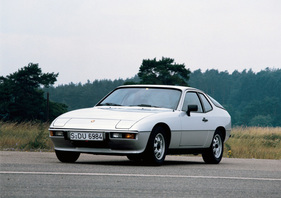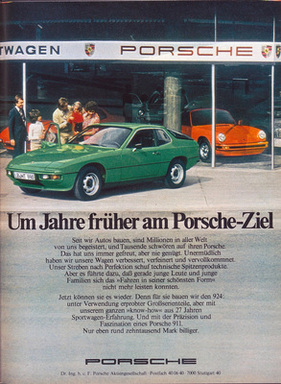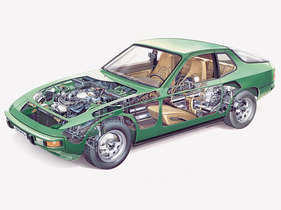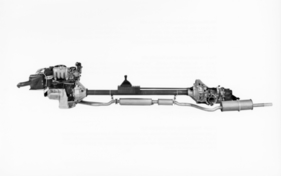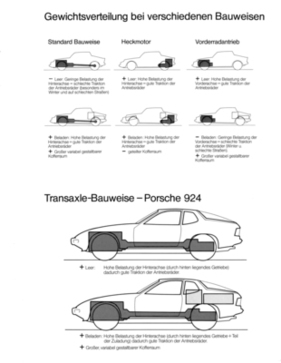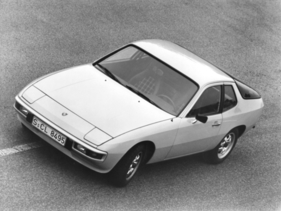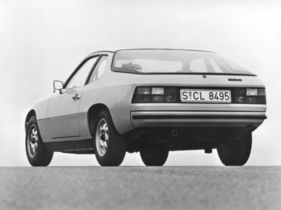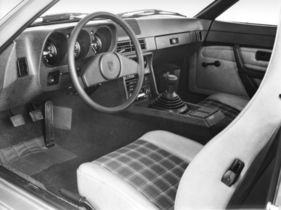First front-engined coupé - Porsche 924 in (historic) test
Summary
Nobody at Porsche really wanted to admit that the rear-engine era was coming to an end. Nevertheless, the new Porsche 924 was announced as a pioneering alternative to the 911. It was Porsche's first car with a water-cooled front engine, but could not hold a candle to the 911 and was therefore regarded more as the successor to the VW Porsche 914. The 1976 mot test shows how it was intended to appeal to a broader and more affluent public.
This article contains the following chapters
- Body
- Interior
- Engine and gearbox
- Driving behavior
- Plus points
- Minus points
- Overall mot verdict
- Technology
- Technical data
Estimated reading time: 11min
Preview (beginning of the article)
Nobody at Porsche really wants to admit that the rear-engine era is coming to an end. However, the new 924 concept has - albeit very quietly - sounded the swan song for the traditional rear-engine design. For Porsche, it is only a matter of time before legal requirements will put an end to rear-engined cars - due to unfavorable crash behavior, among other things. Added to this is the high level of noise generated by short exhaust systems. And finally, the mechanical noise of the rear engine also drives up the noise level during ABE phonometry. Who knows whether the water-cooled front engine of the 924 as a harbinger of the new generation is the secret reason for the current boom in 911 sales? It is certainly not (yet) an alternative to the 911, and the two models are too far apart in terms of price. Instead, the 924 is seen as the successor to the VW-Porsche 914, but as a 2/2-seater it should appeal to a broader and also more affluent audience than the spartan mid-engined two-seater.
Continue reading this article for free?
Photos of this article


